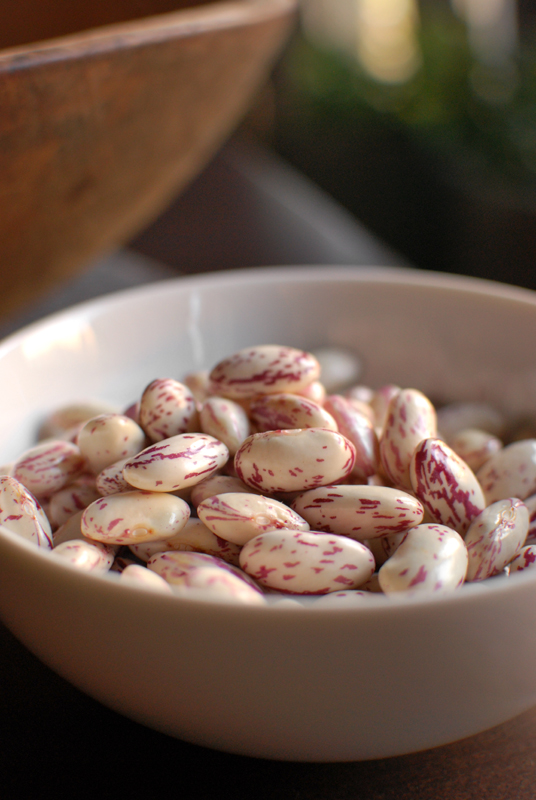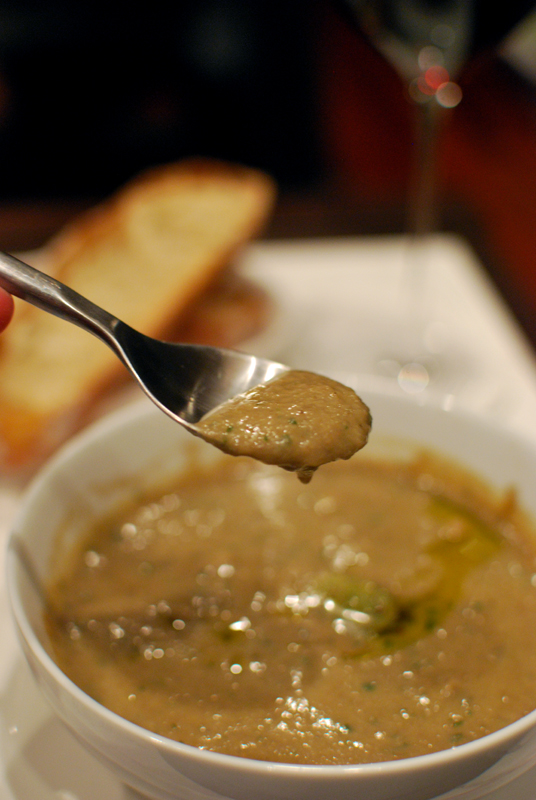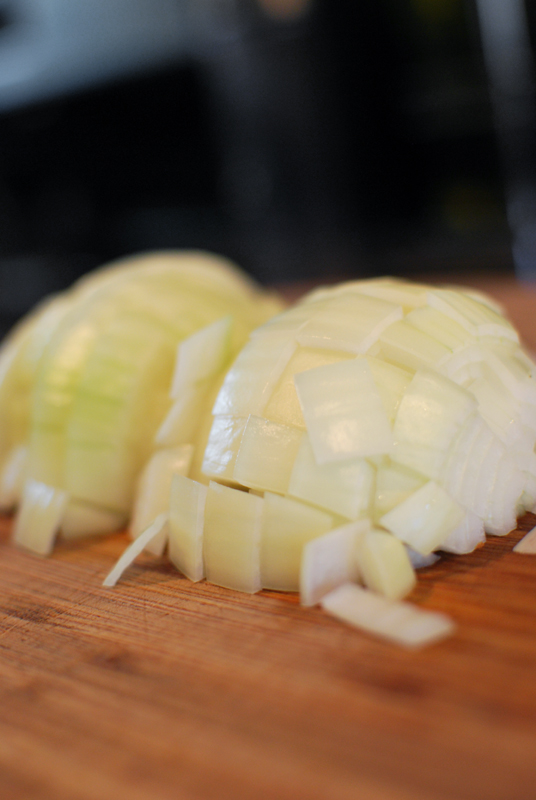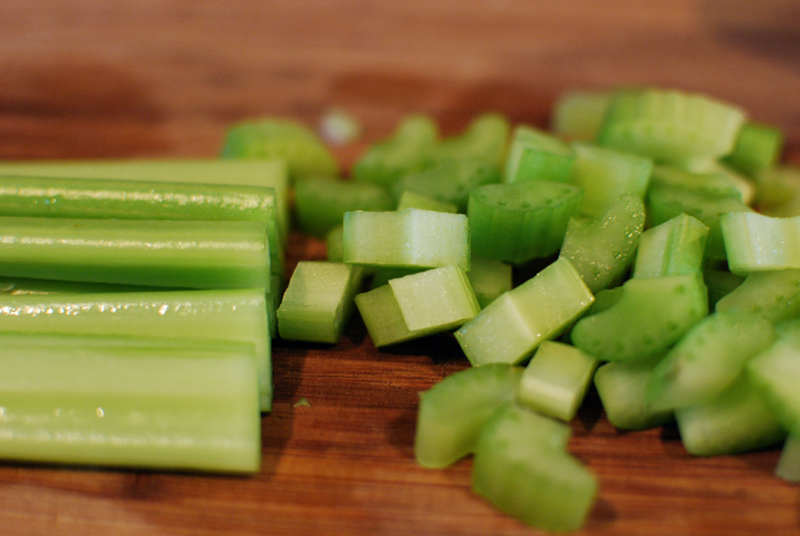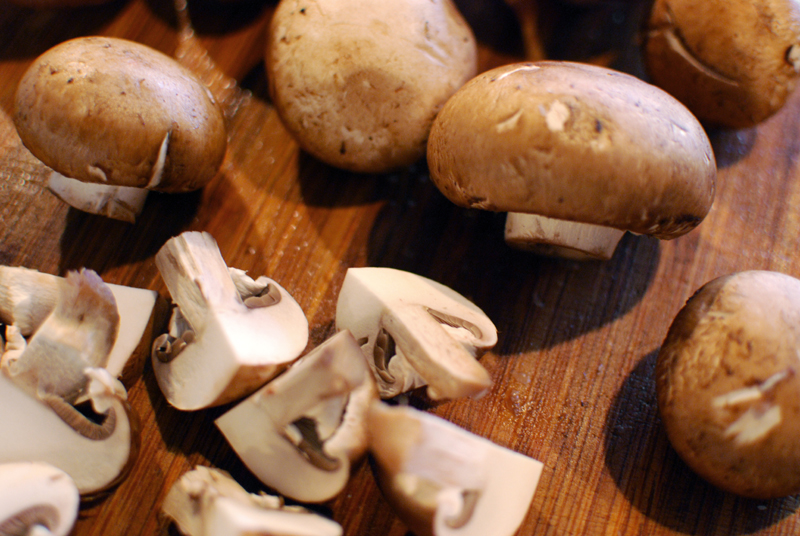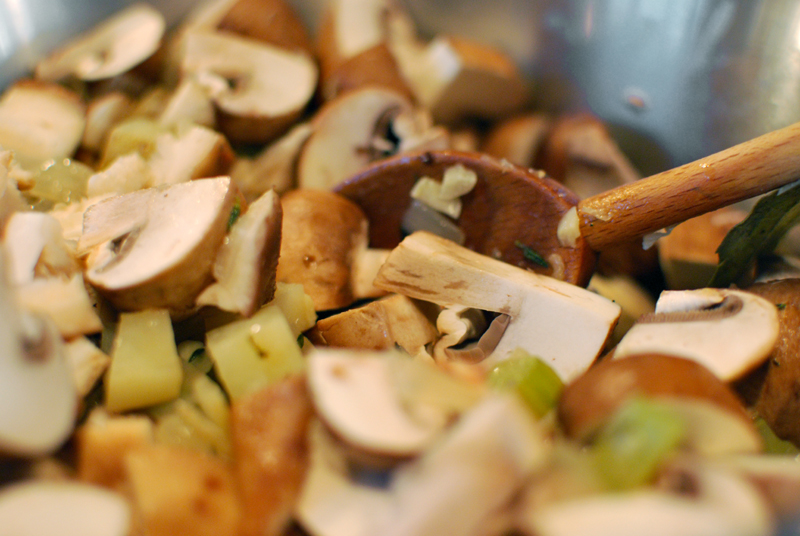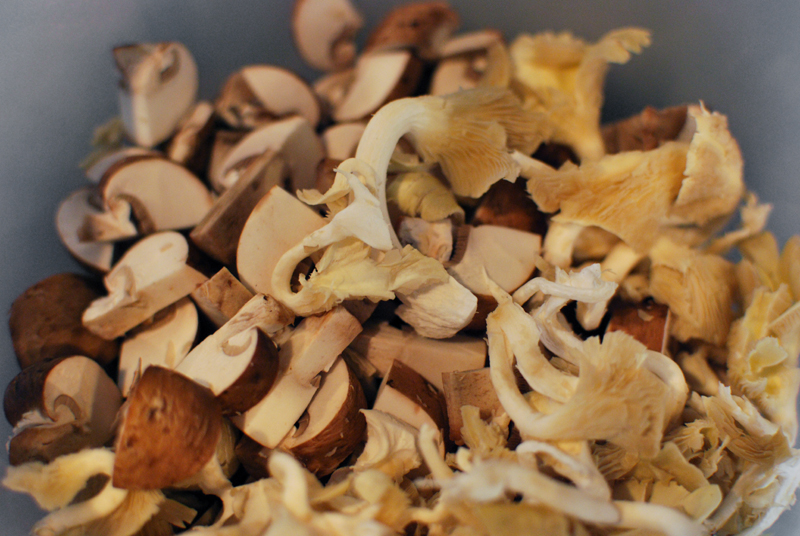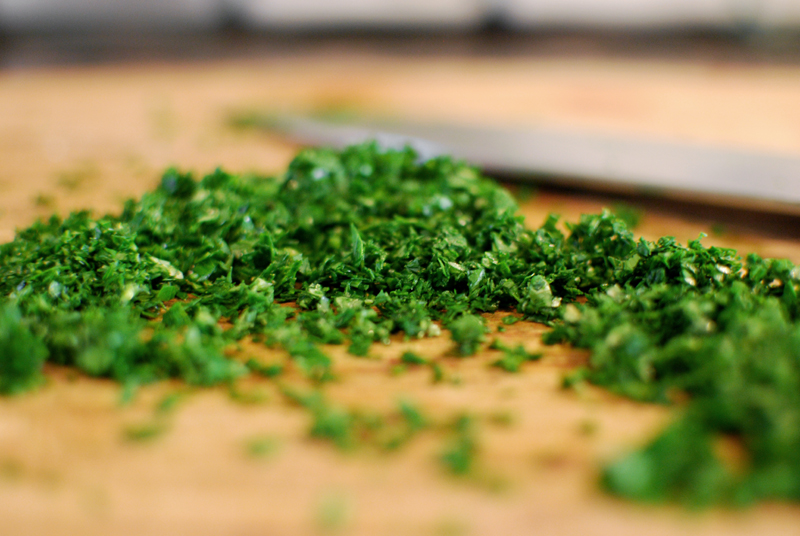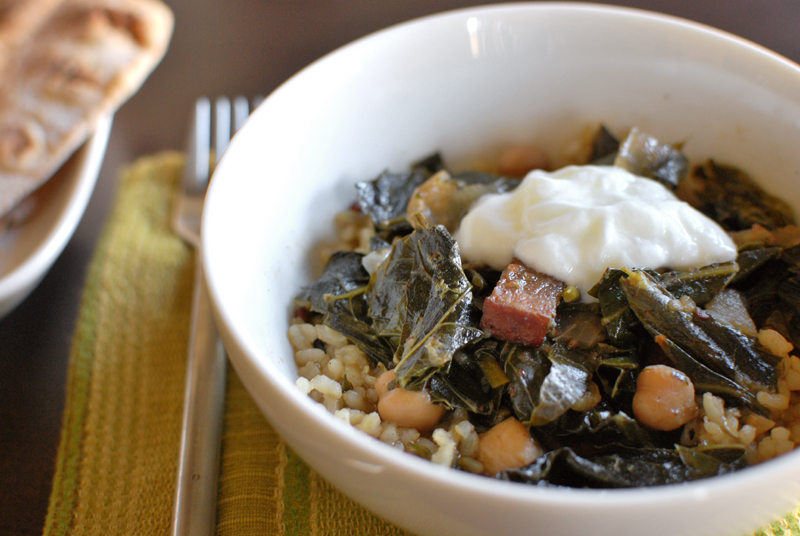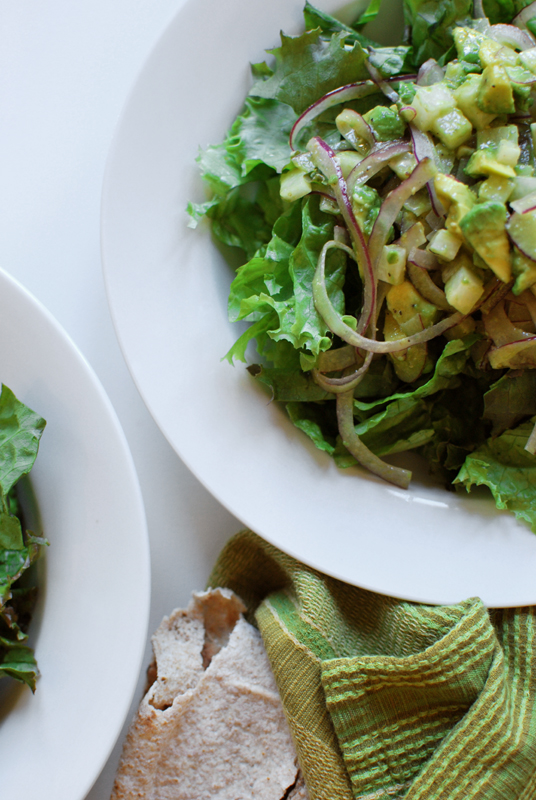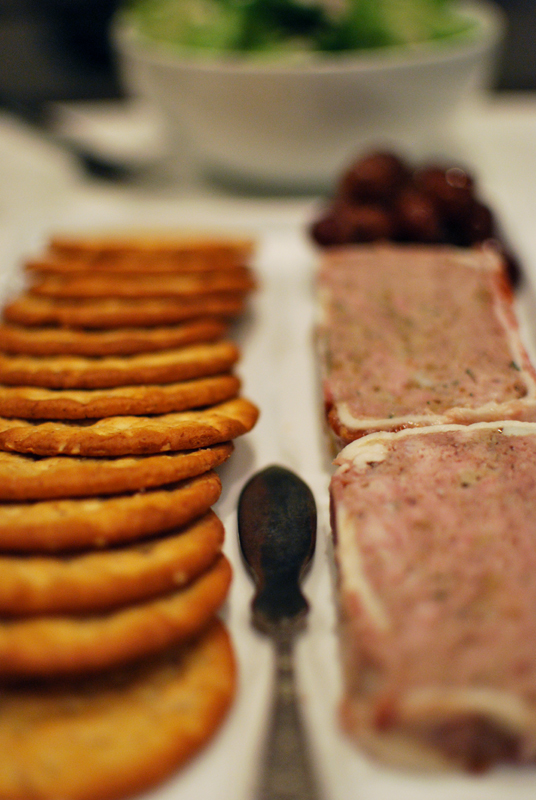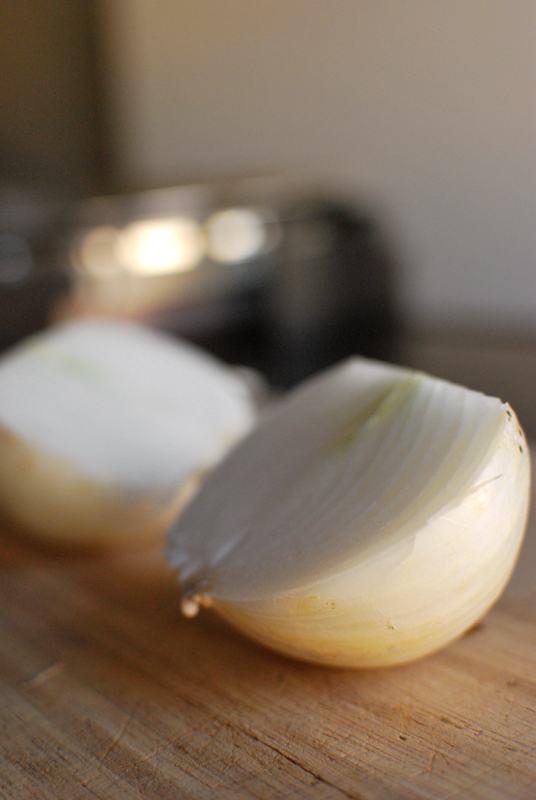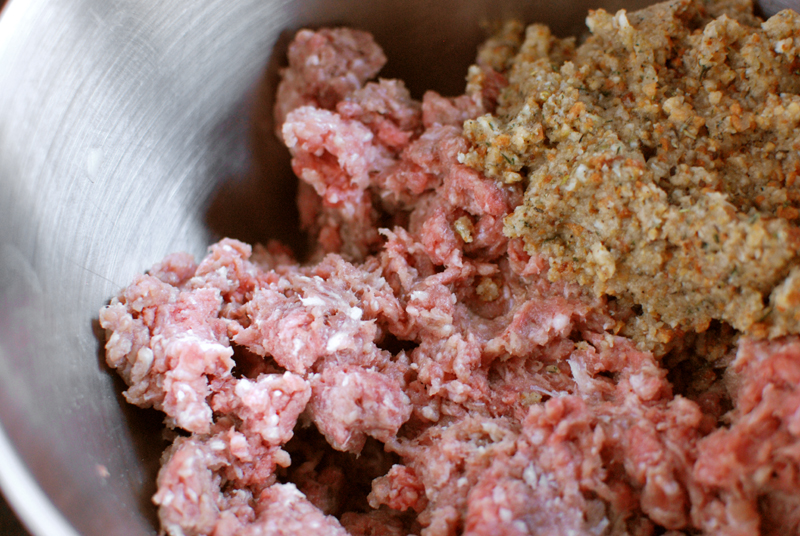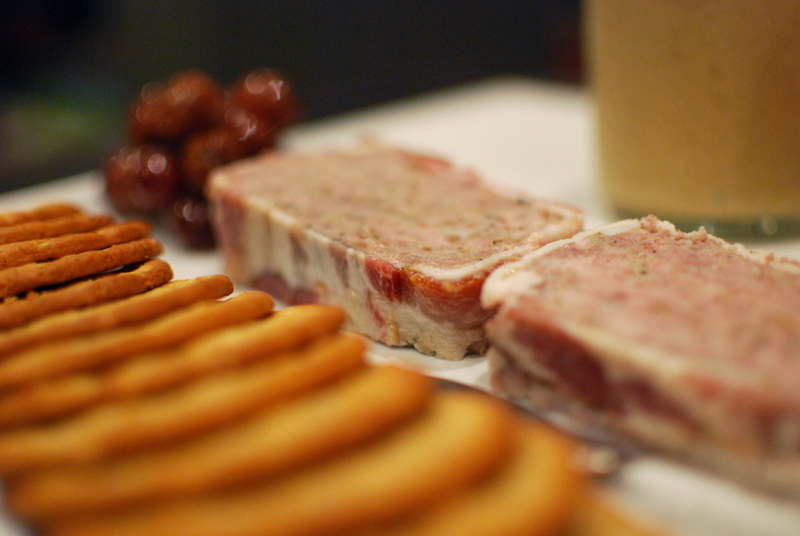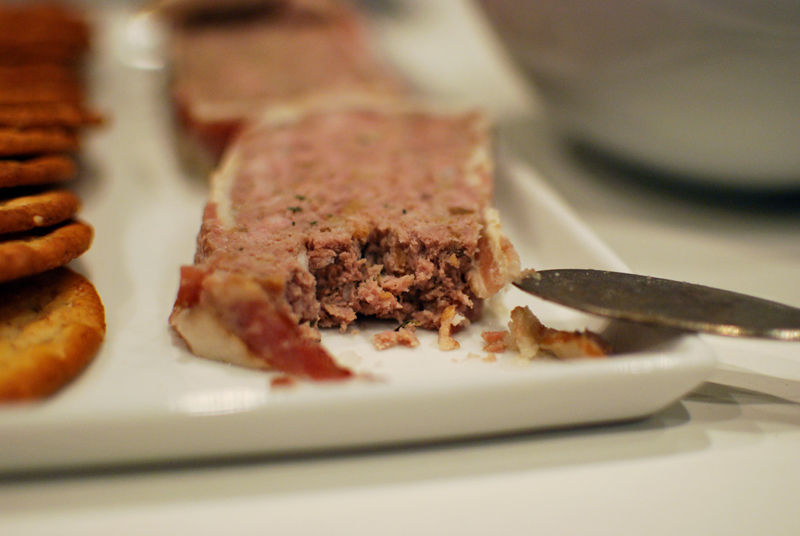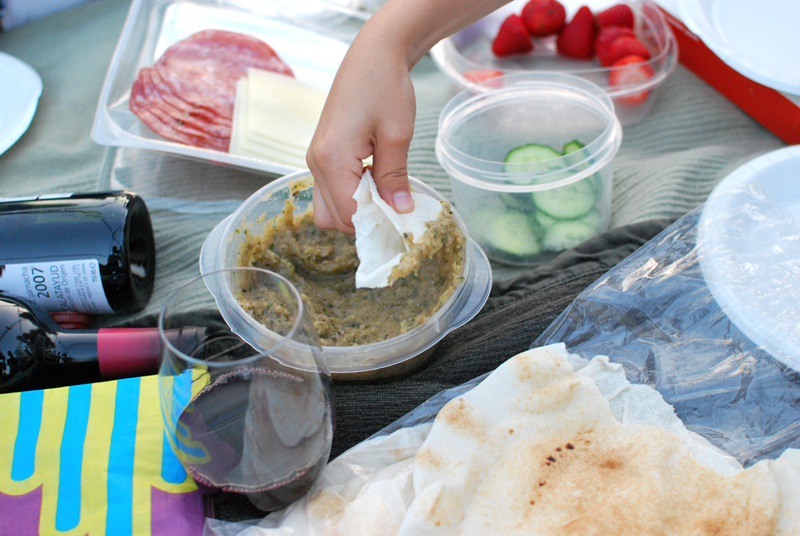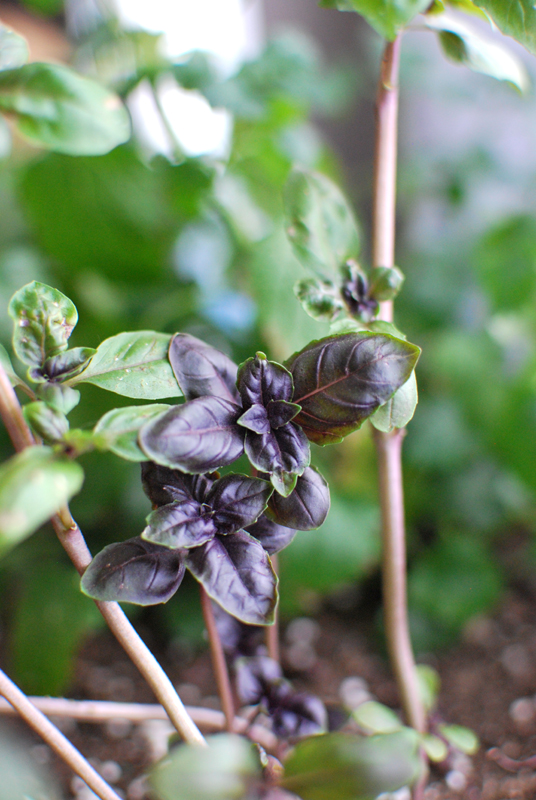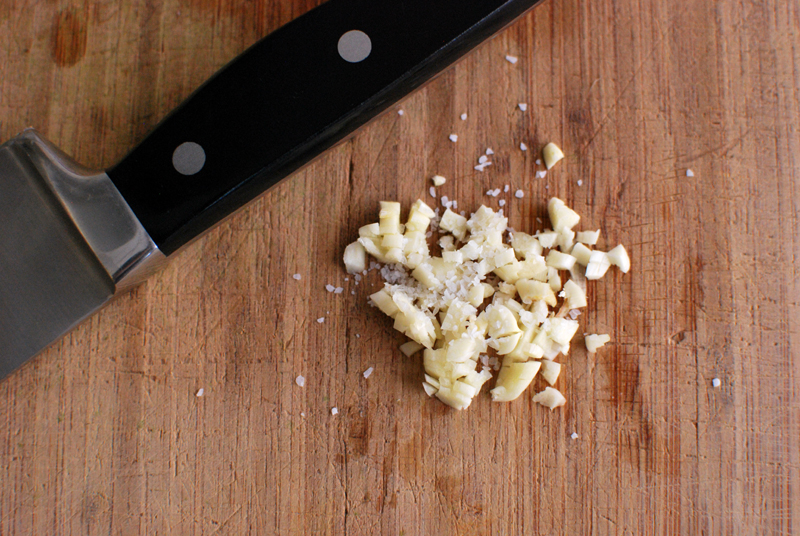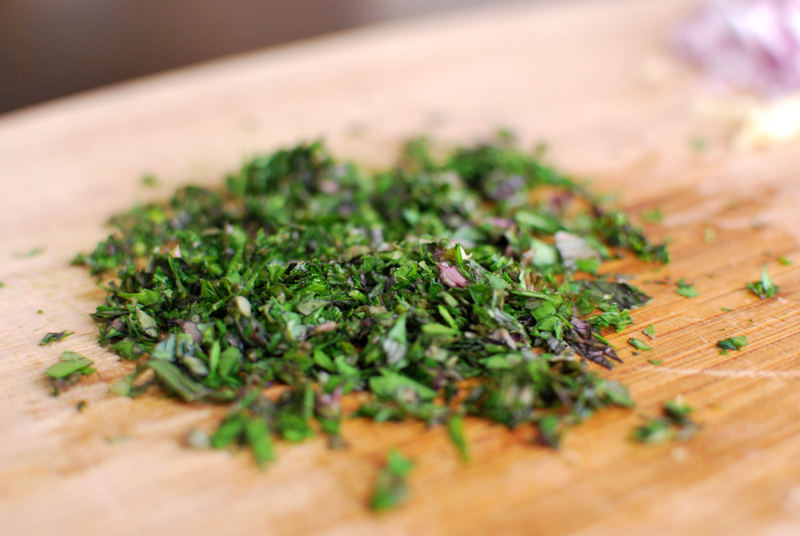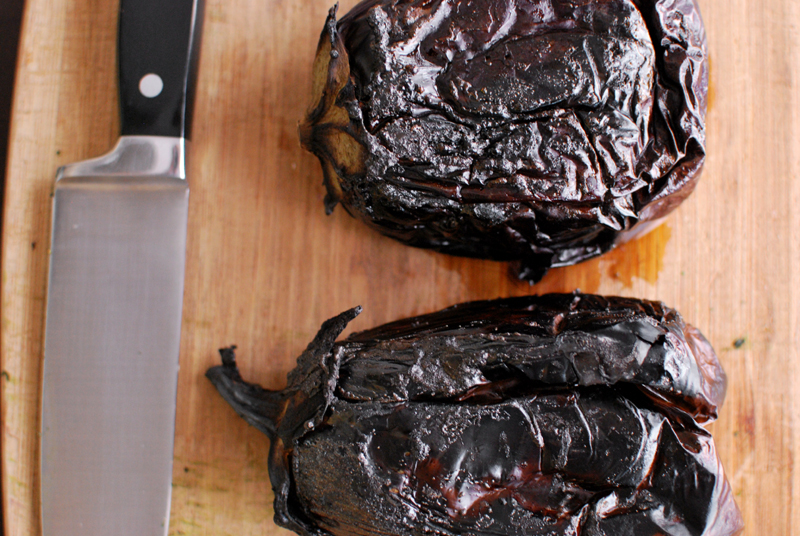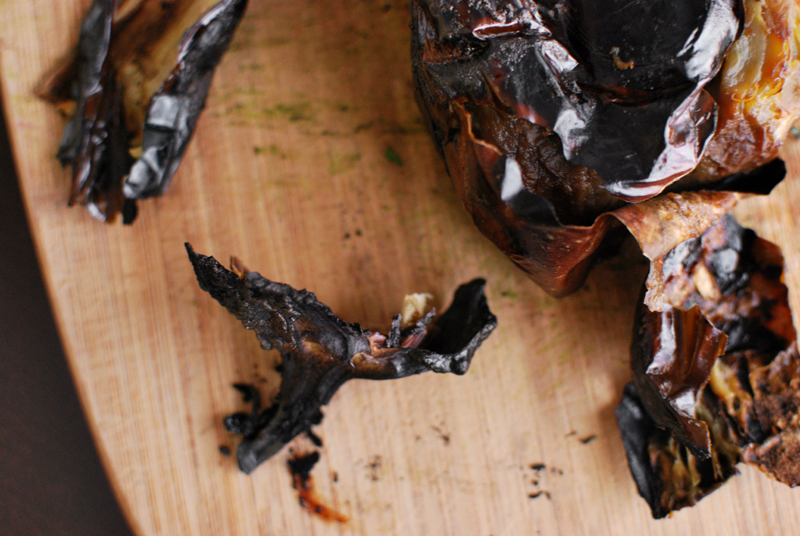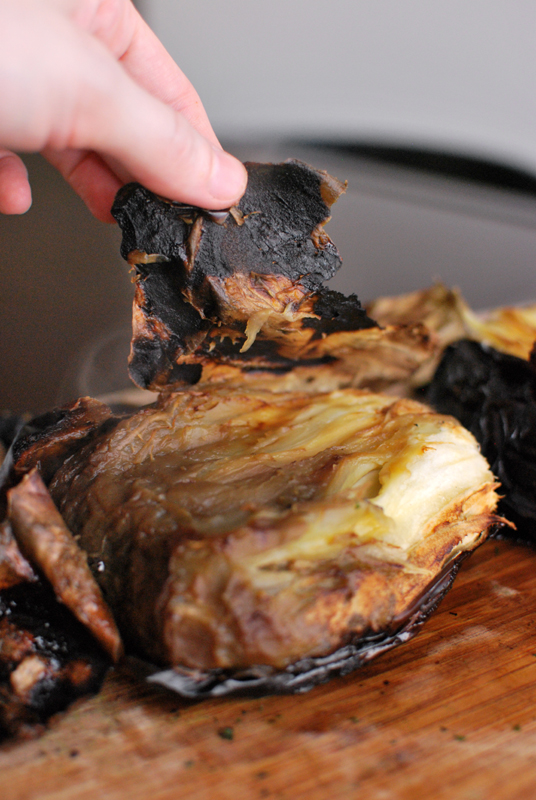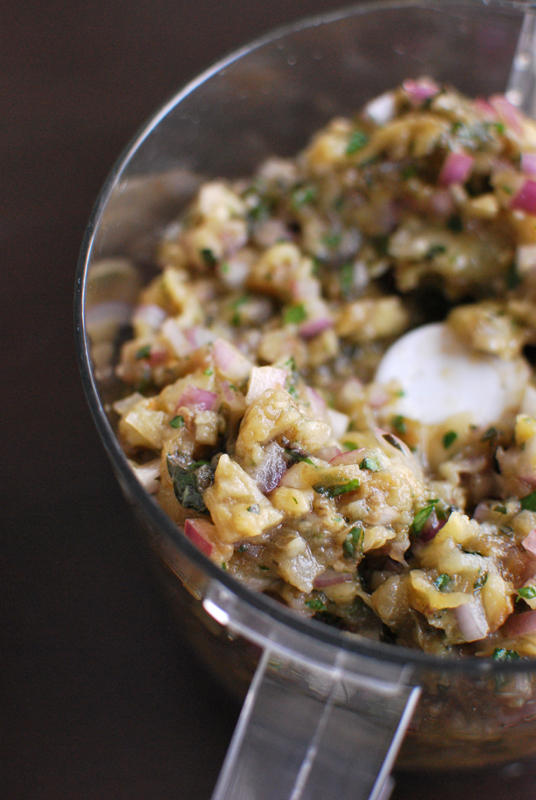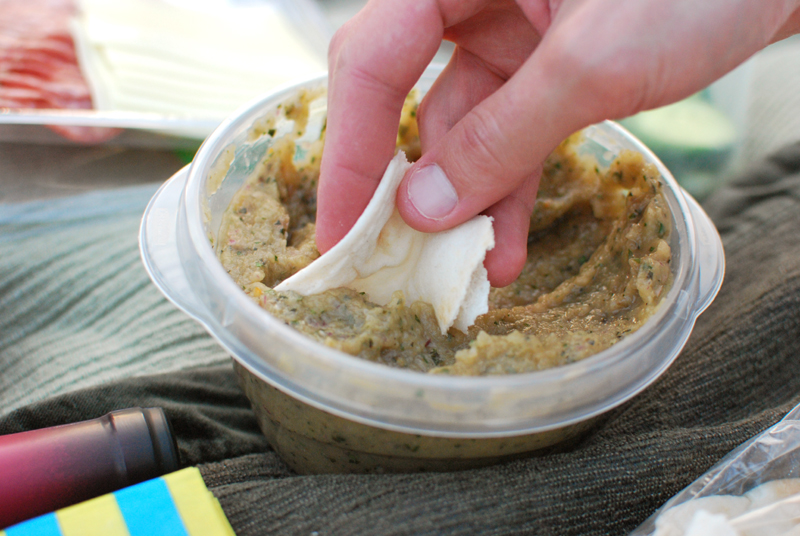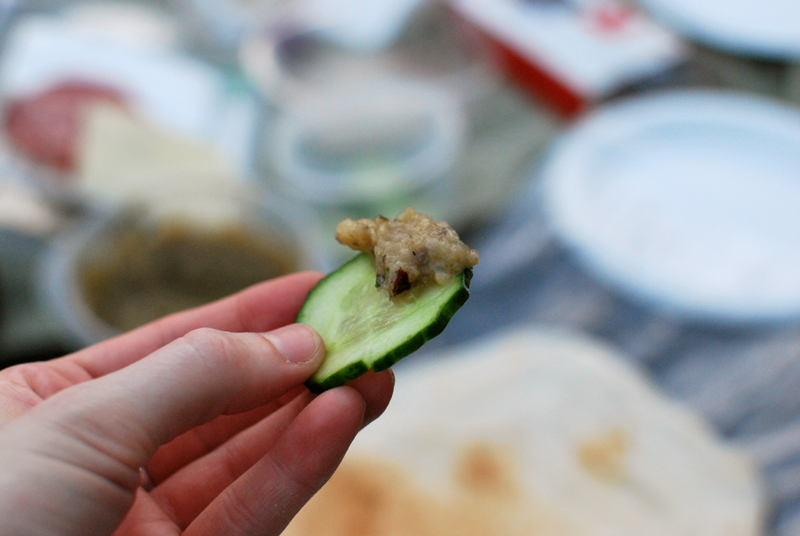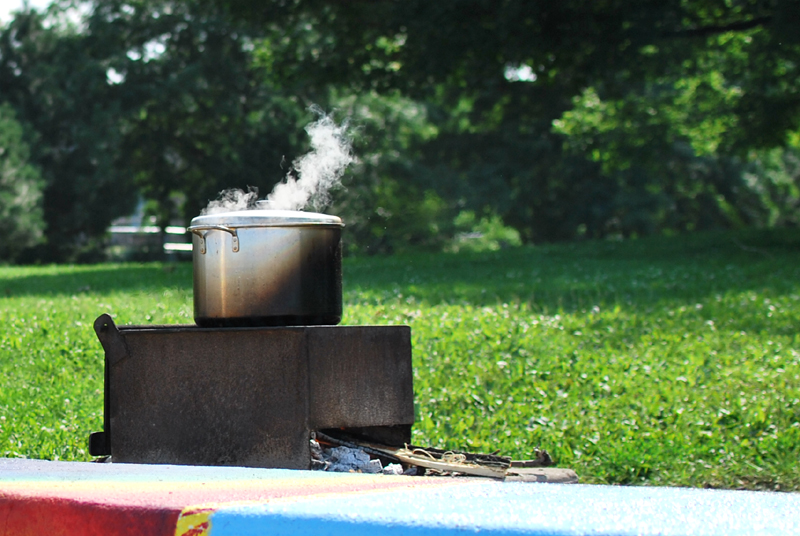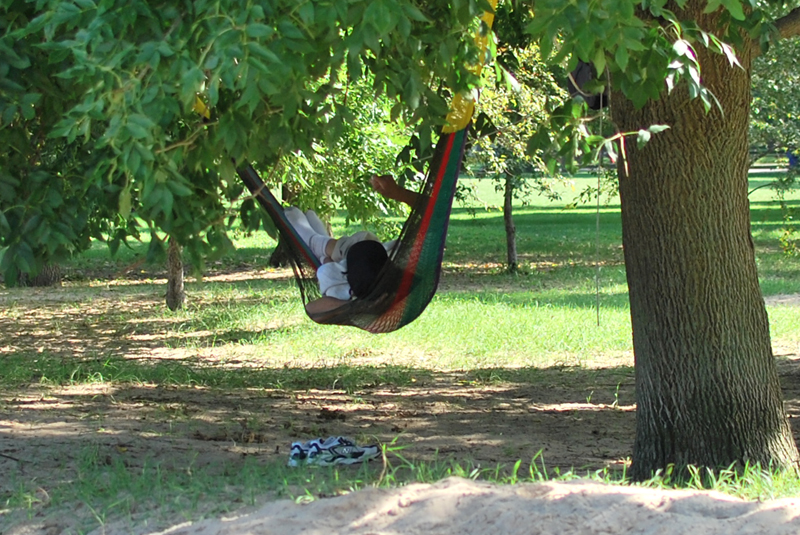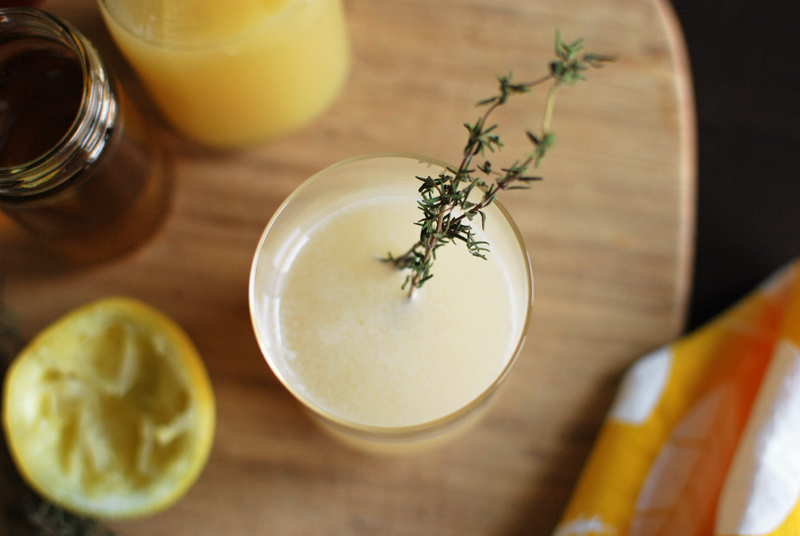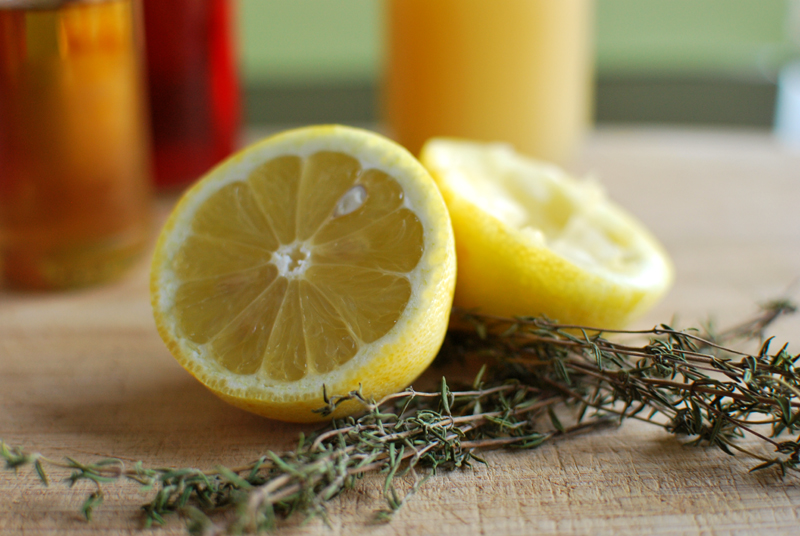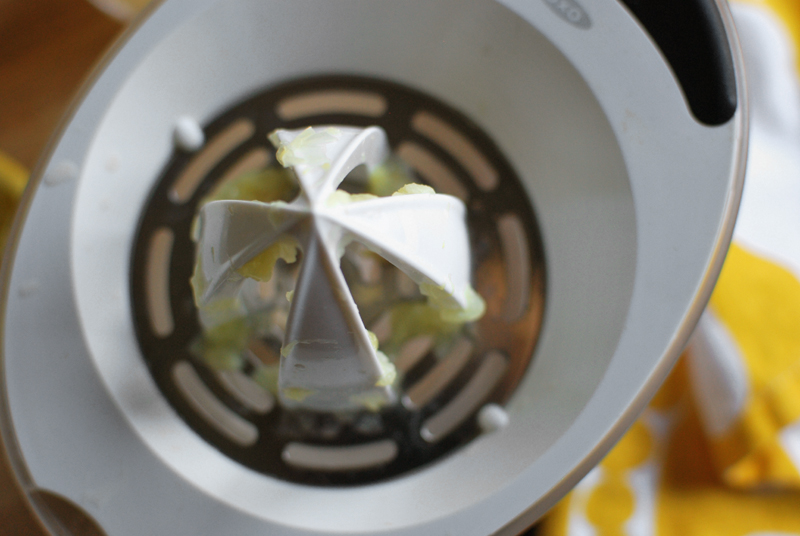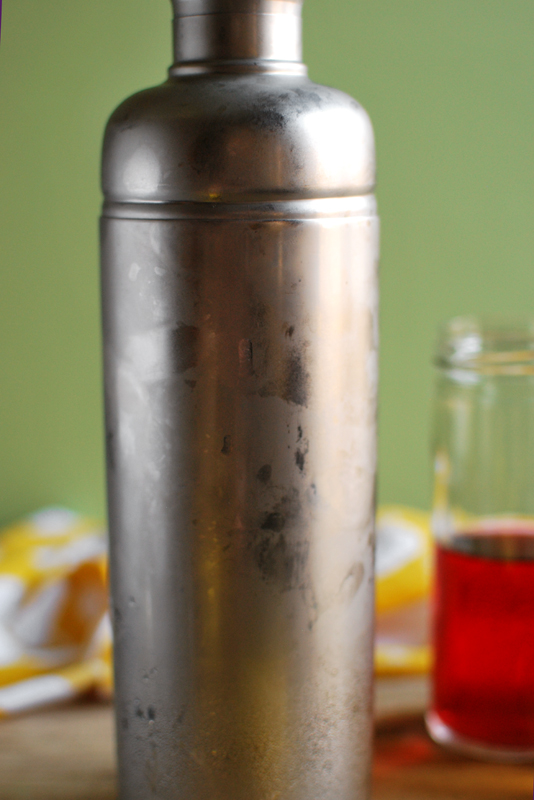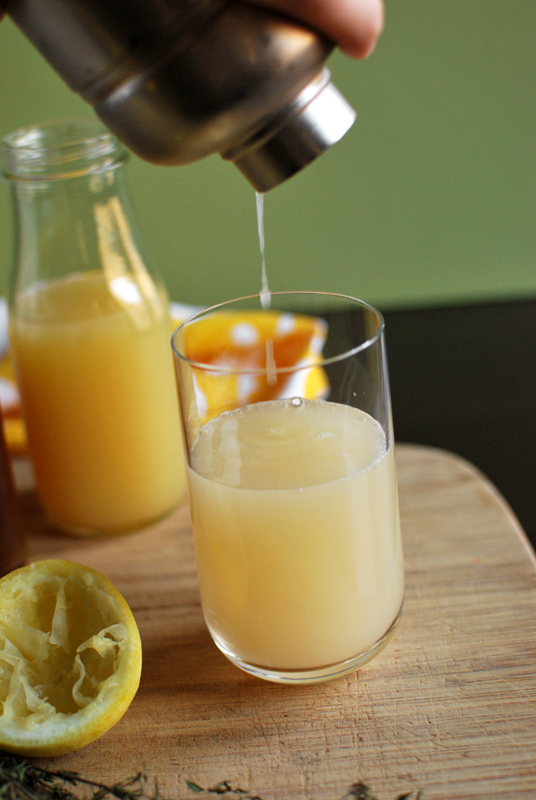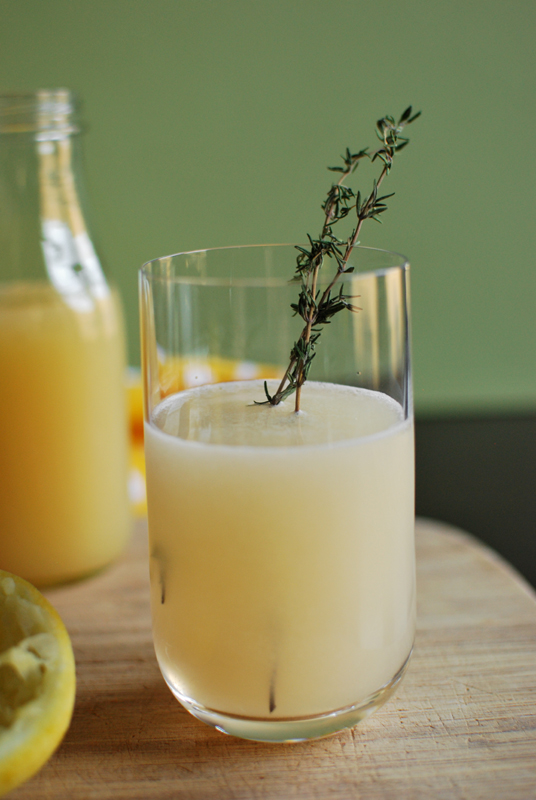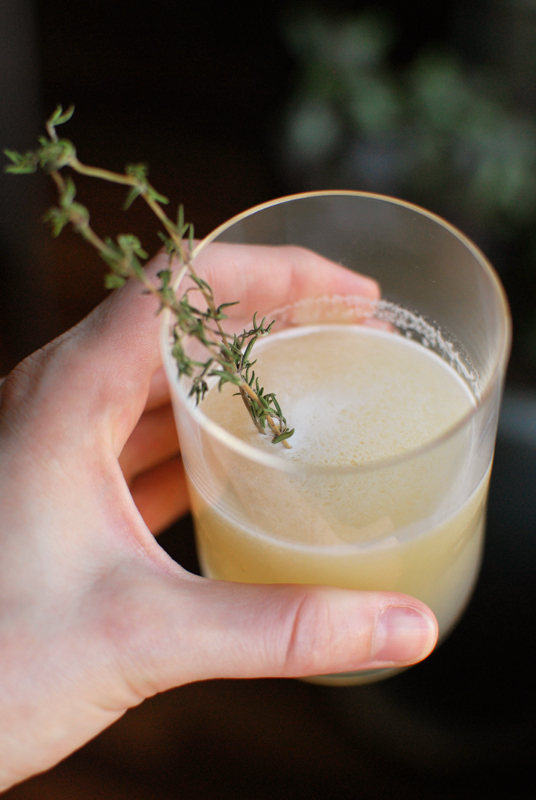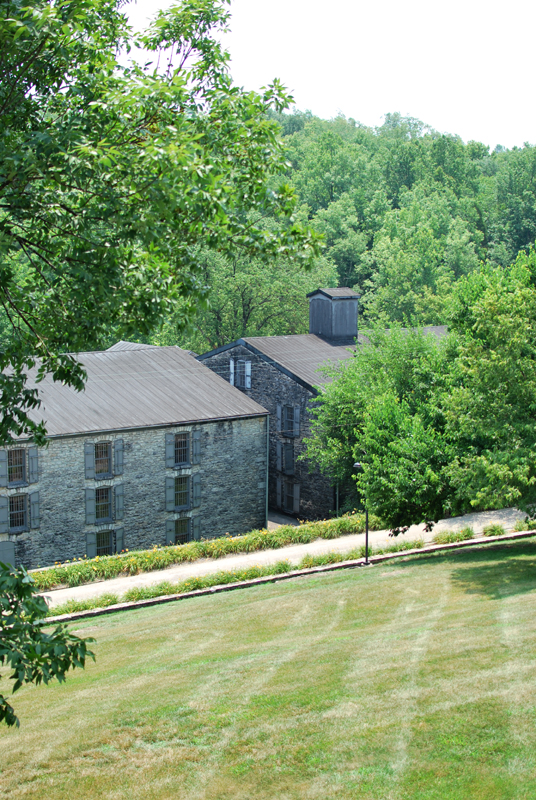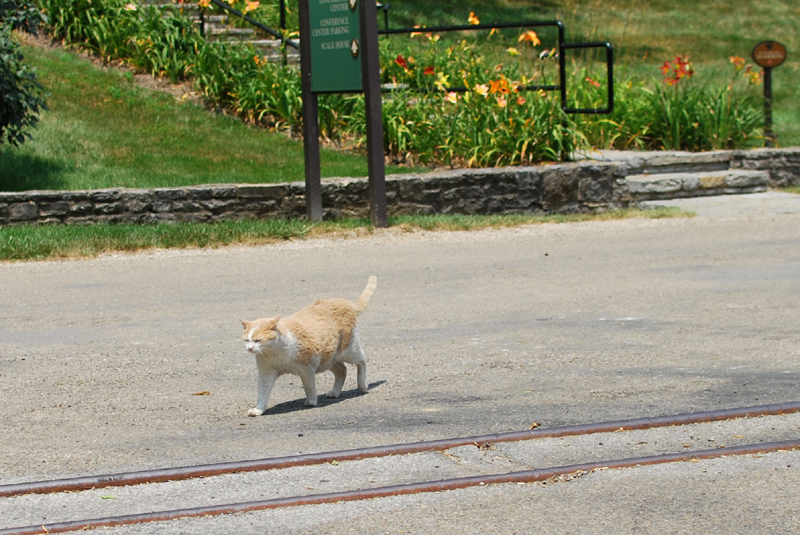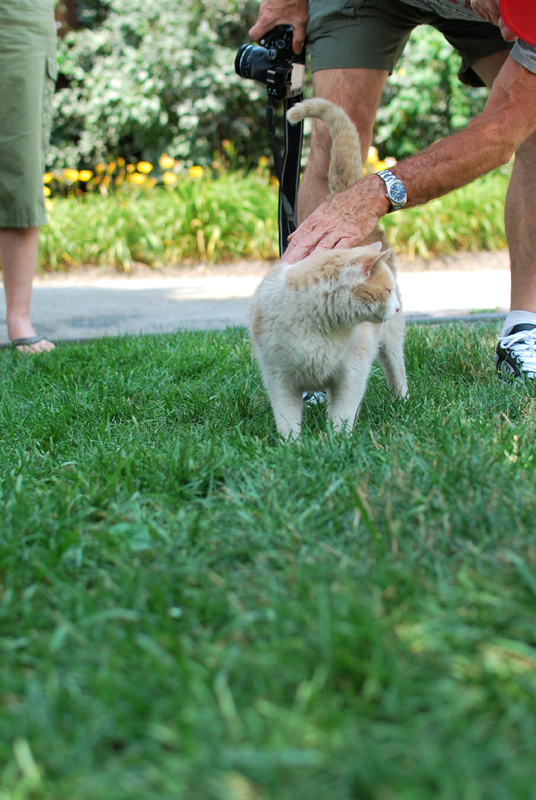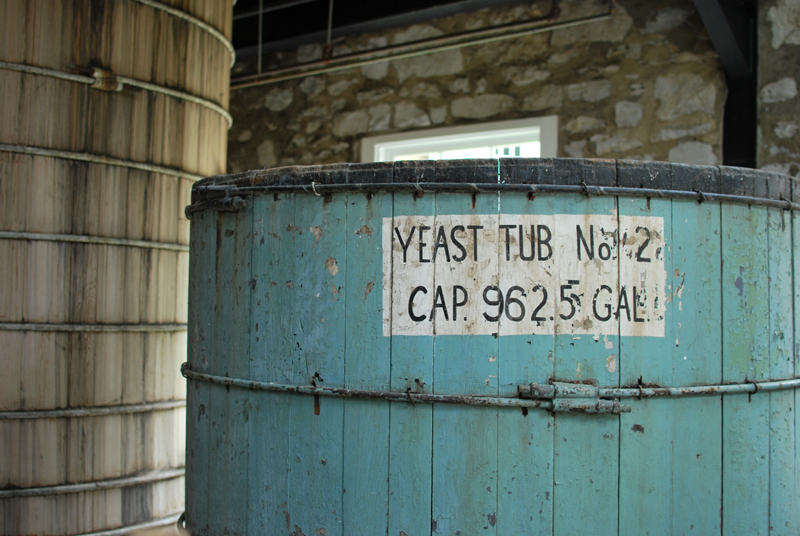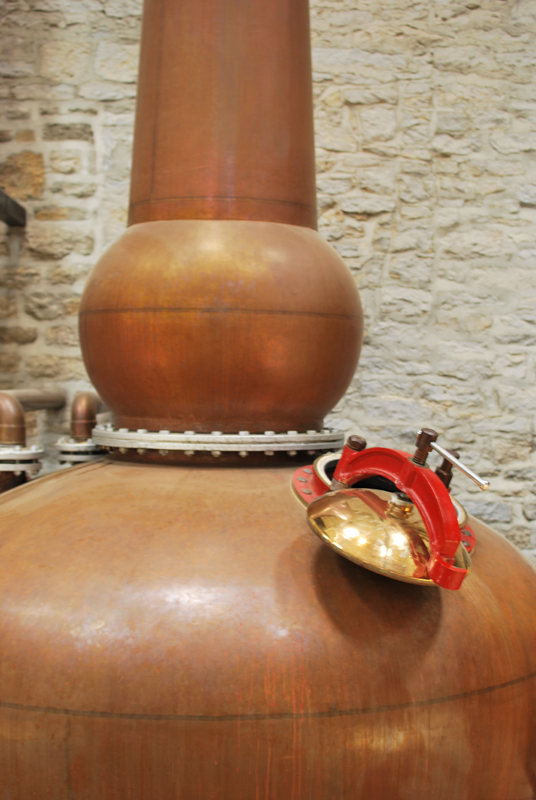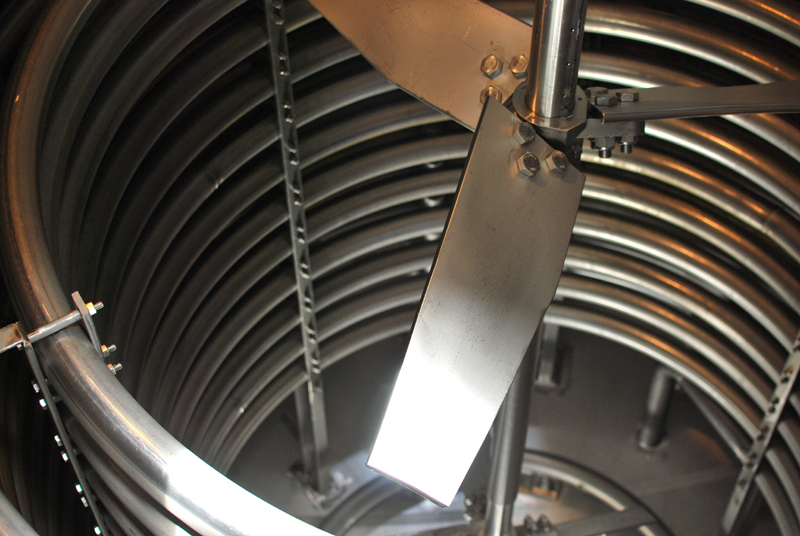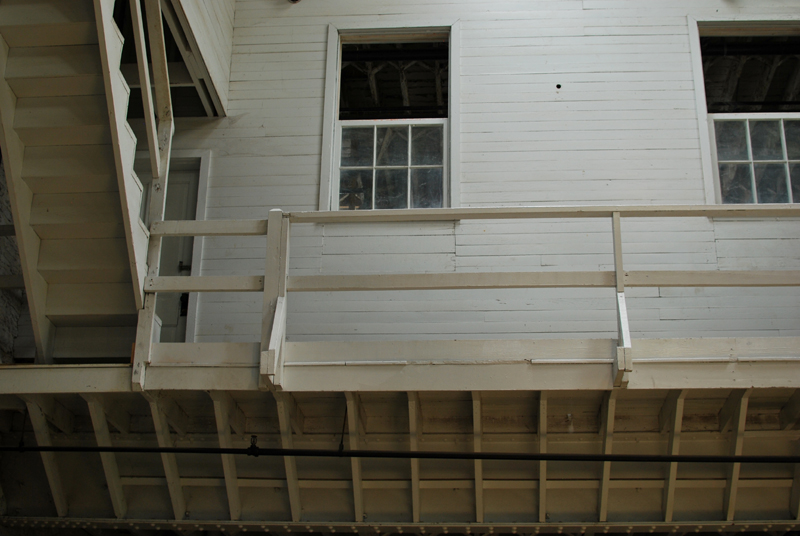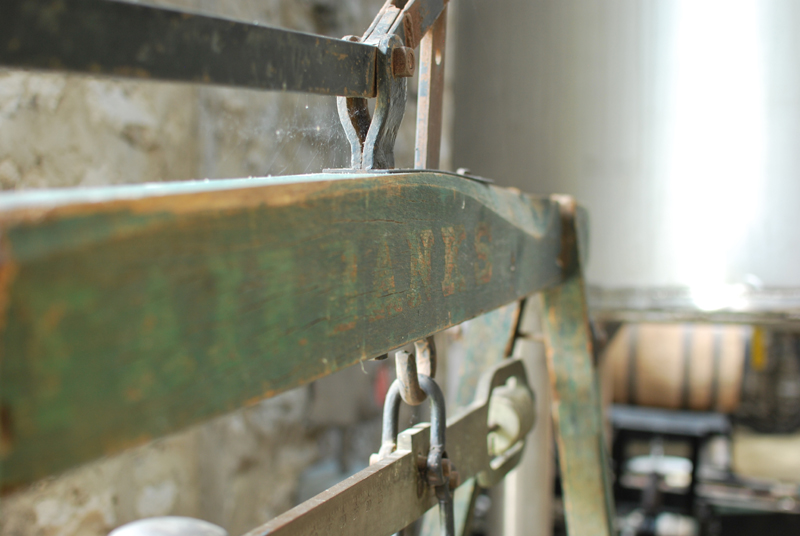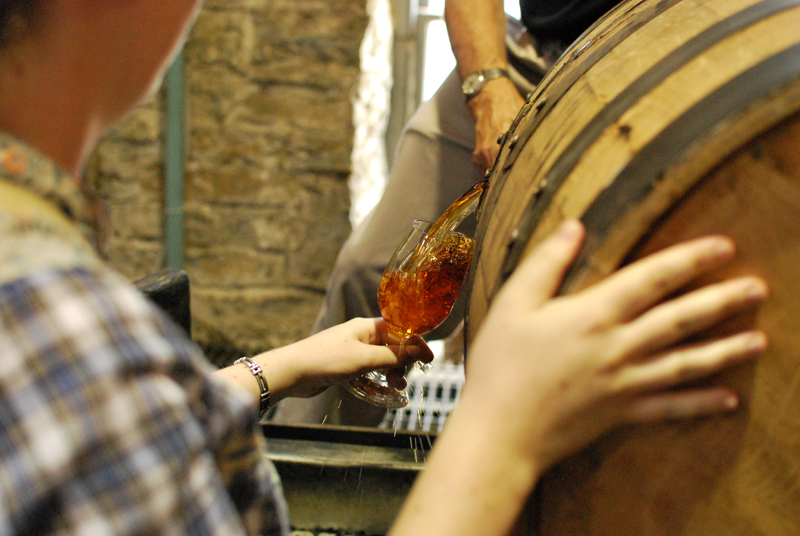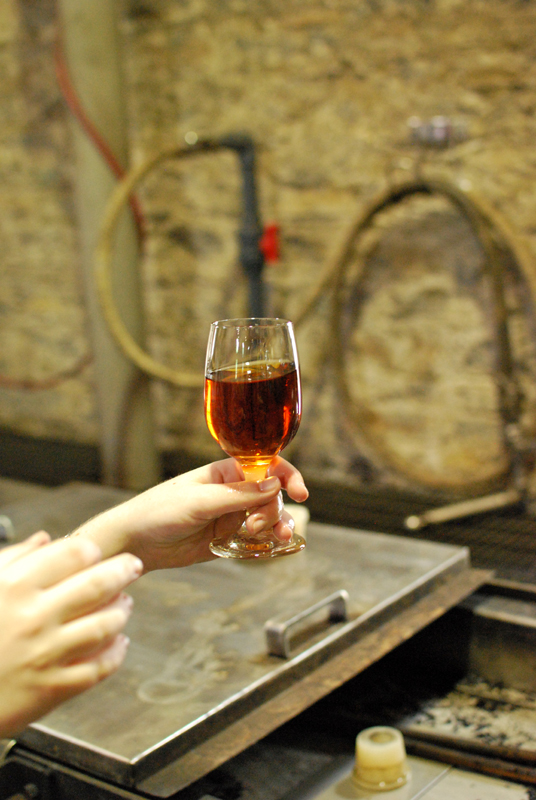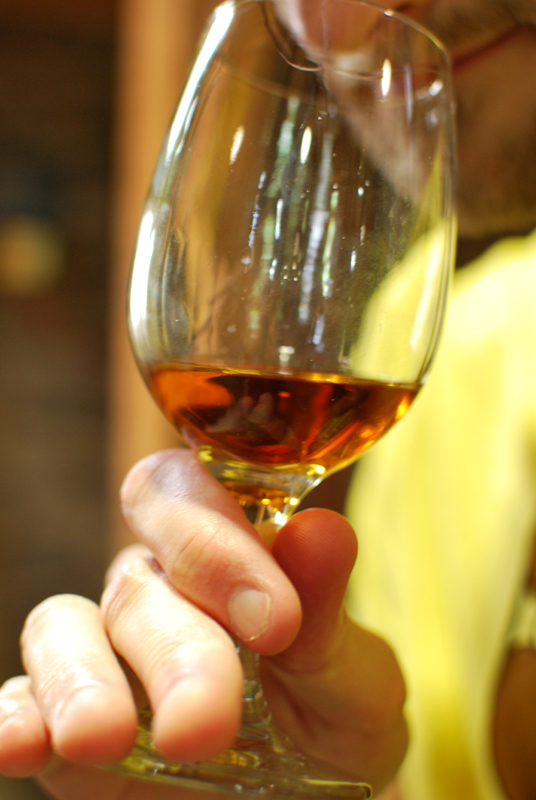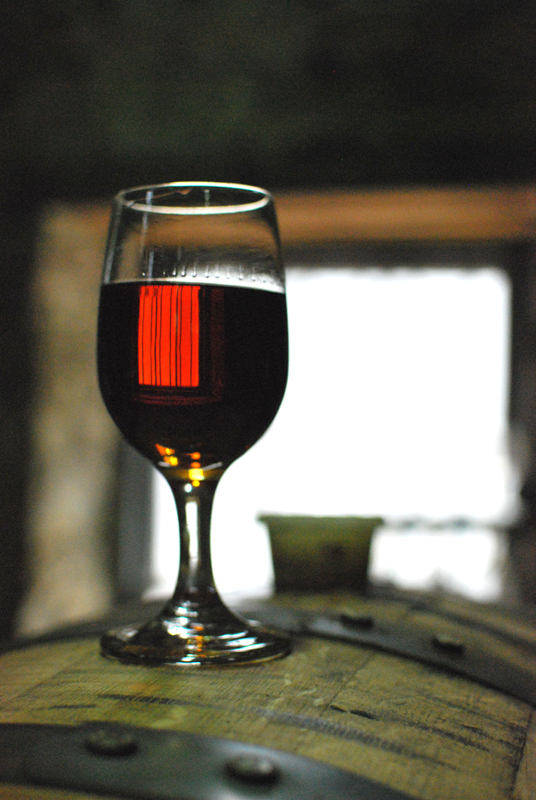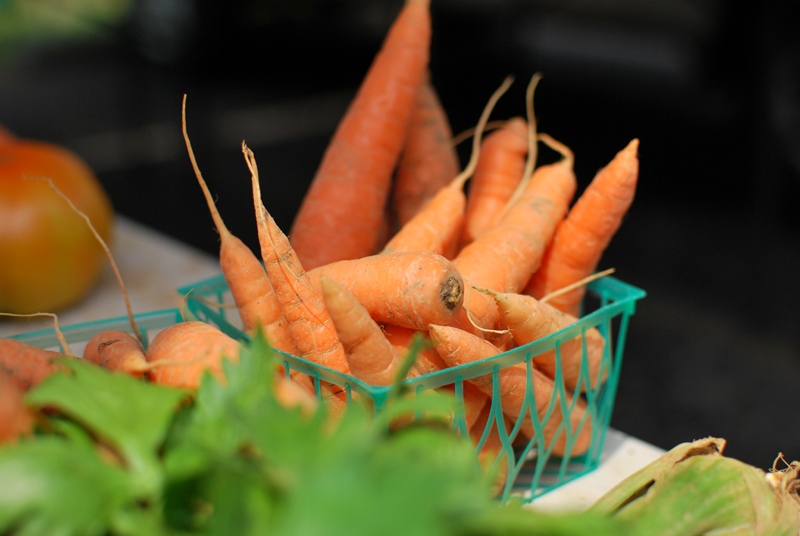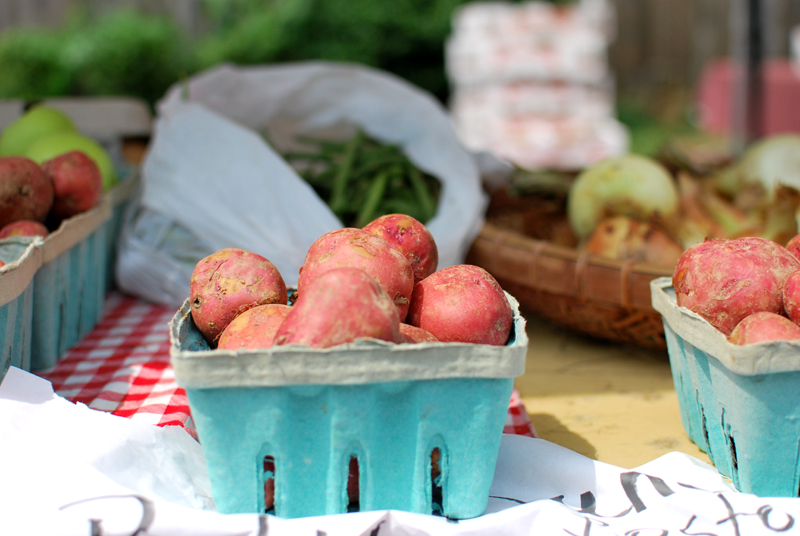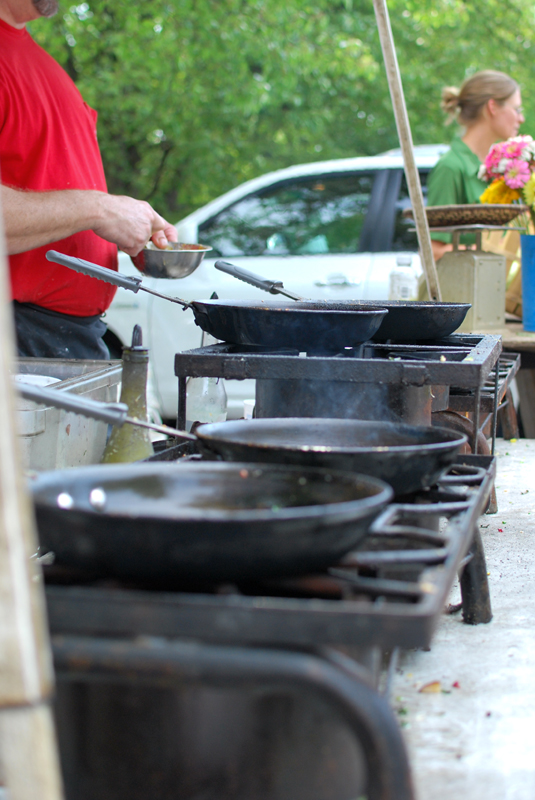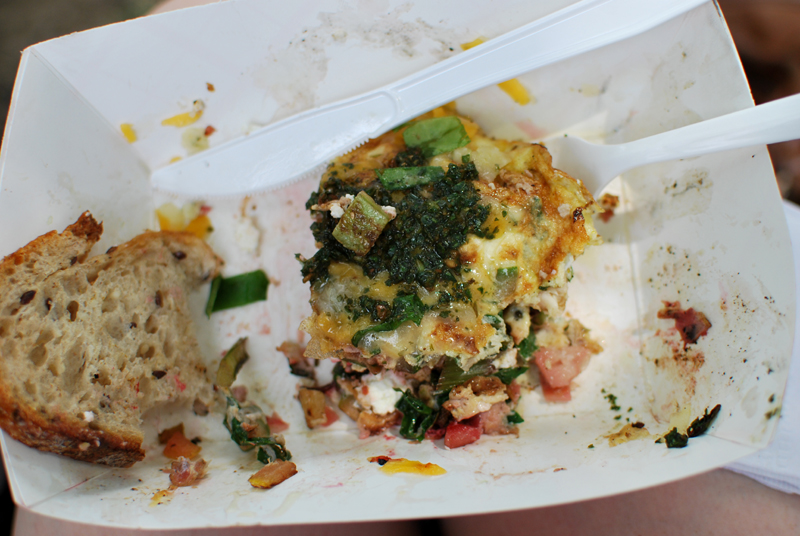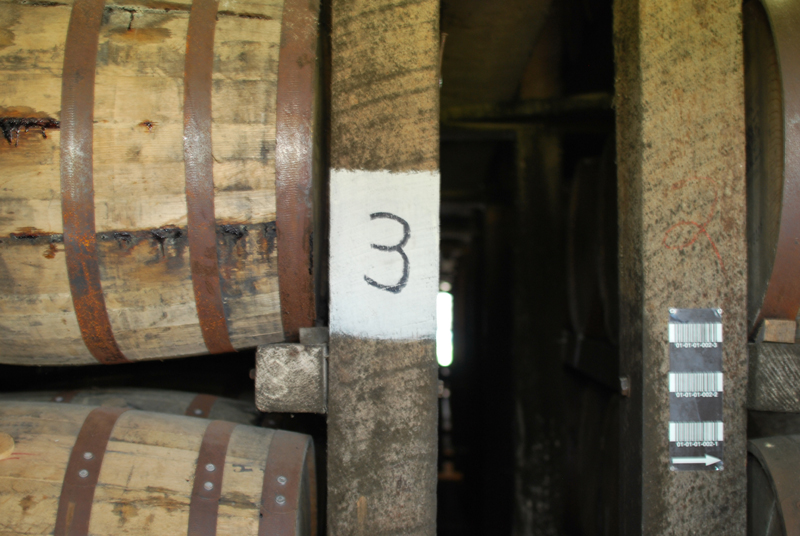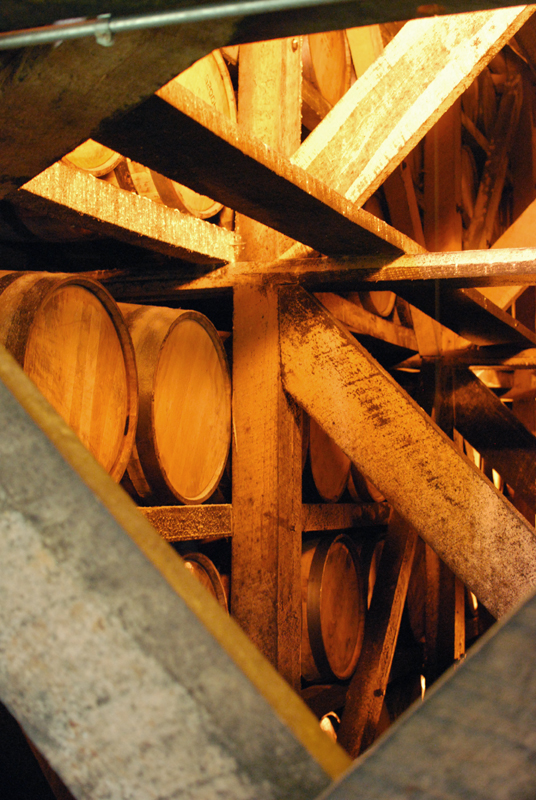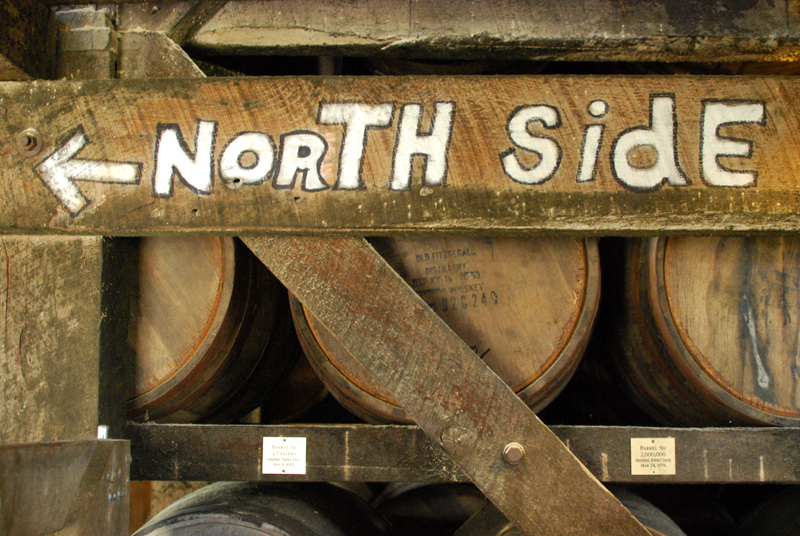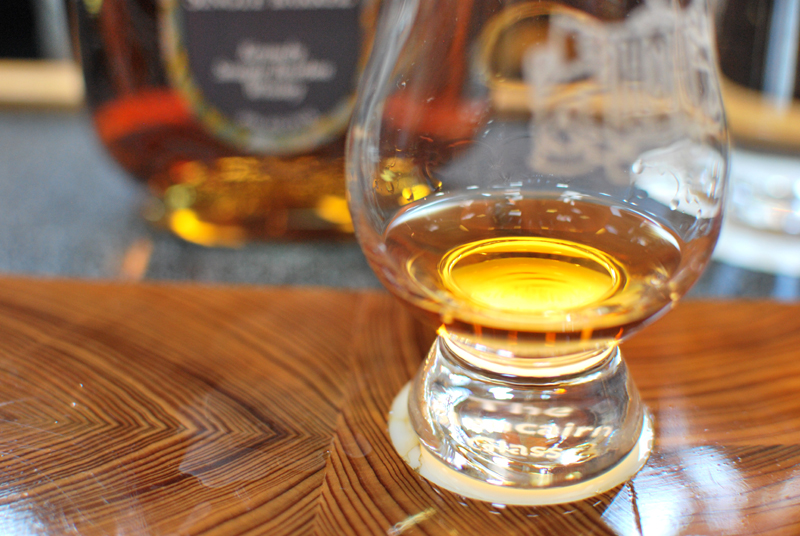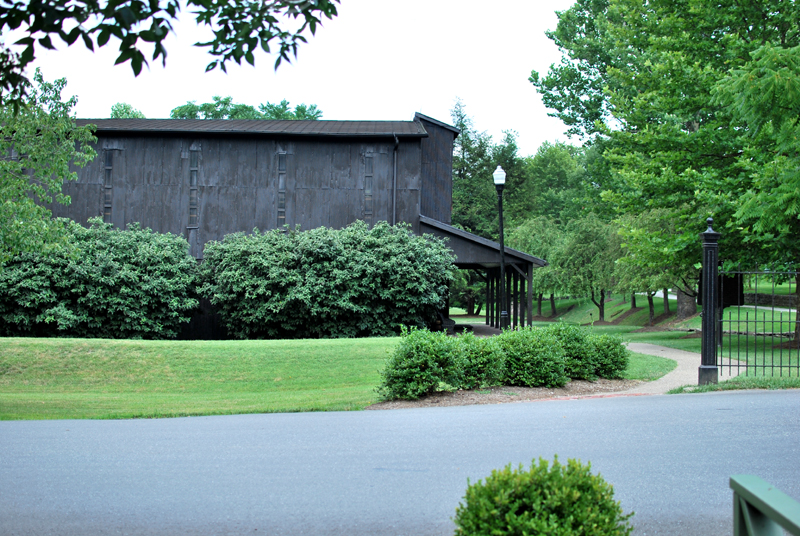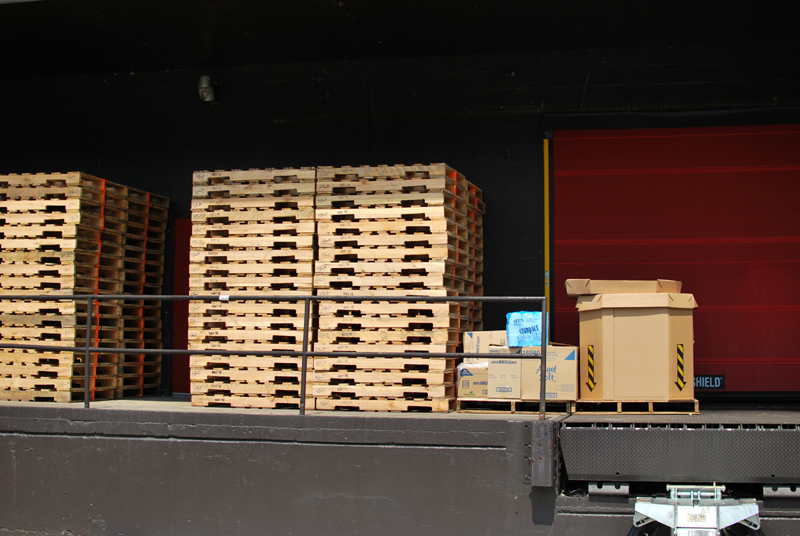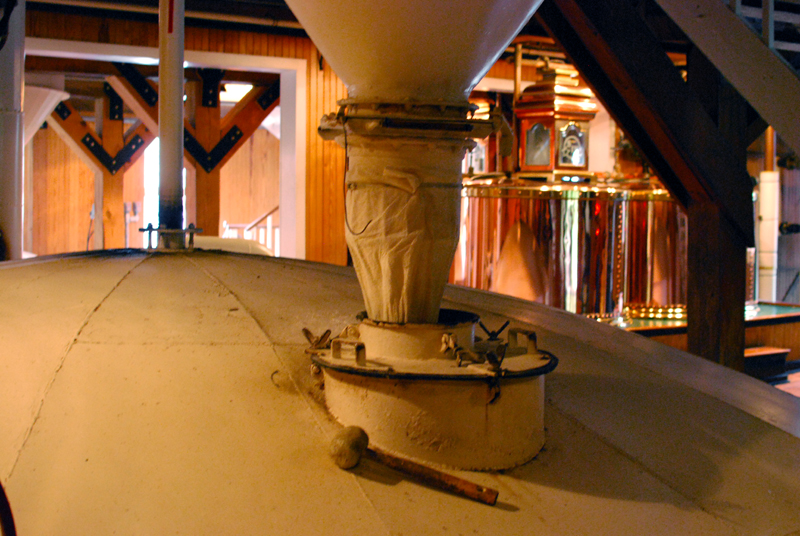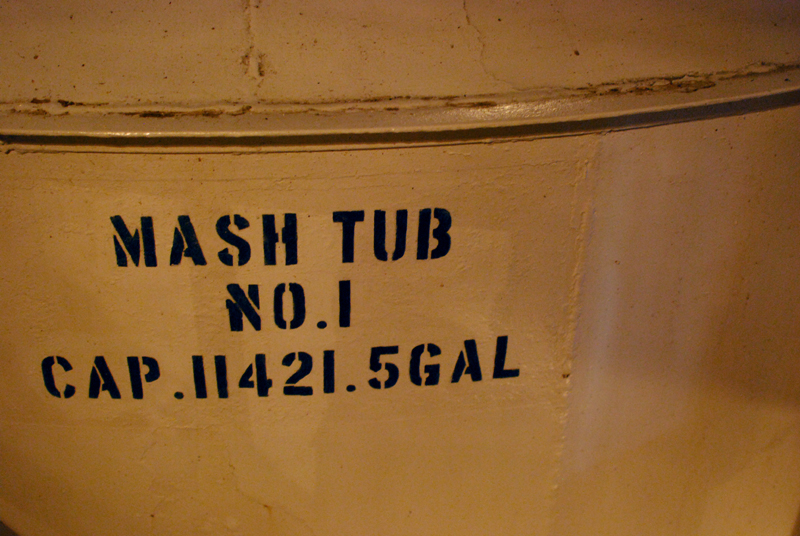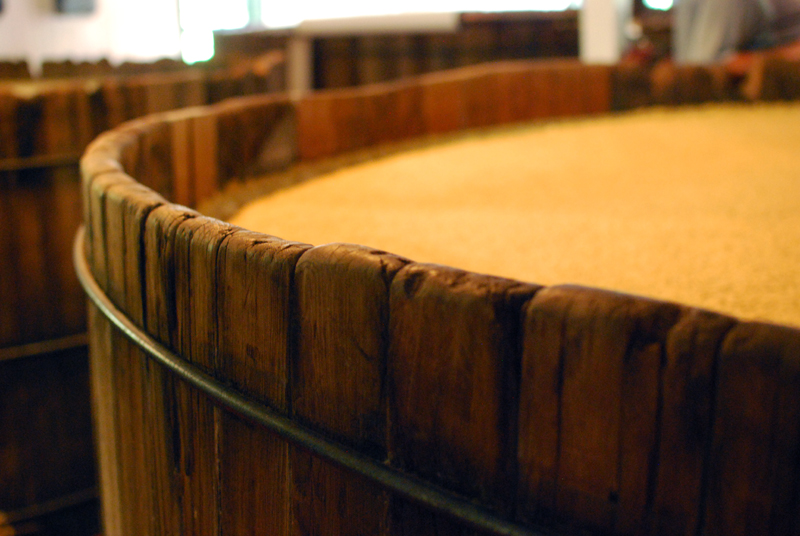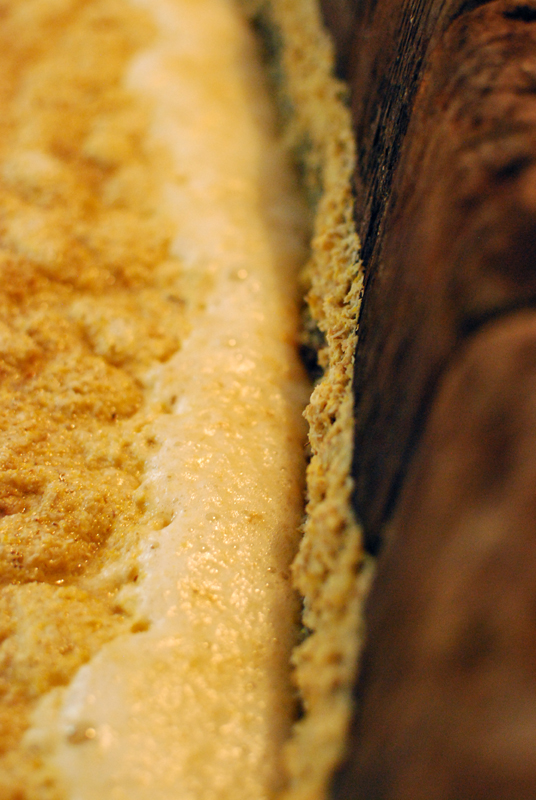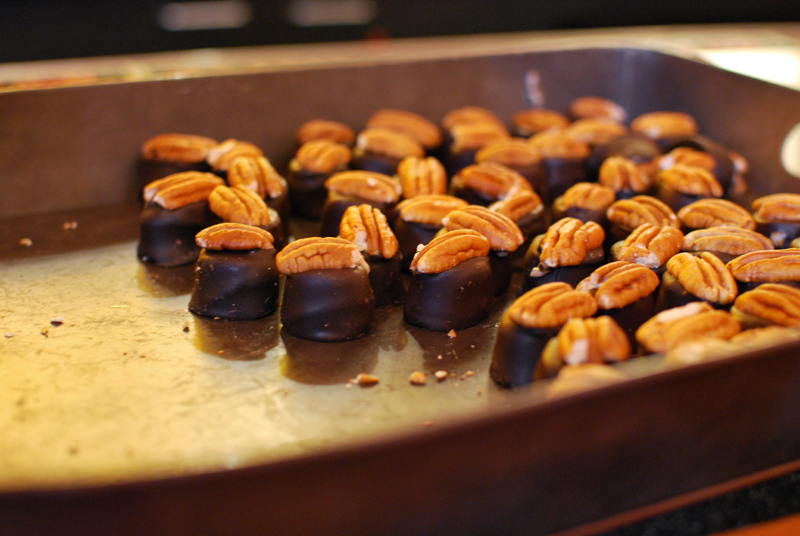Recently at the store, I came across some fresh cranberry beans. Or rather, I came across some strikingly mottled magenta and cream pods that (upon further research back at home) turned out to be cranberry beans.
Sometimes, I like to treat myself to some unfamiliar fresh produce. I like the challenge of knowing that there must be something people do with a certain item, but having only the slightest clue to what exactly it might be. Such was the case here. Obviously, people cook fresh beans all the time, but it’s one thing that I had somehow managed to avoid thus far in my culinary exploits. But those pretty pods turned my head, and two pounds of them charmed their way home with me.
A little searching turned up a boatload of very basic and similar ways to cook the fresh beans: basically in salted water, perhaps with an onion or bit of celery. One common (and initially puzzling) thread among those recipes was that, invariably, at least one commenter remarked on how bland they turned out.
After a moment’s pondering, it struck me that of course they’re going to be bland. They’re plain beans. One wouldn’t enjoy them any more than any other pile of unadorned, ungarnished, unglamorous, plain beans (unless one really enjoys plain beans, that is).
But toss those beans with with a quick vinaigrette, plenty of fresh herbs, and a few other highly-flavorful supporting players, and there’s no way they could be derided as “bland”. Even better would be to make sure they’re cooked in something more interesting than just salted water. The leek tops in my freezer waiting to be used for stock were just the thing to help; a quartered onion, some celery, and a quick bouquet garni provided needed backup.
In this particular bouquet garni were a few sprigs of parsley, some fresh thyme, black peppercorns, whole allspice, a couple of juniper berries, some ultra-hot dried pequin peppers, and two bay leaves. Tied up in cheesecloth, they were easy to remove from the broth when the beans were fully cooked.
As I knew it would, the gorgeous pink striping on the beans disappeared completely in cooking, and the broth took on a faintly rosy hue. The leeks, onion, and bouquet garni remained floating on top of the broth, easily lifted out when necessary. The cranberry beans settled to the bottom, and had to be strained from the broth.
The broth is highly flavorful; don’t even think about throwing it out. It makes the most amazing soup, especially due to the starch content from the beans, which provides a delightful body absent in most broth-based soups. I can see simply simmering kale or mustard greens in it, with maybe a parmesan rind tossed in for good measure.
I’ve written two recipes below. One is for the plain old cooked beans, to be used however you see fit; the other is for the warm bean salad I made with half of the cooked beans. Stay tuned for what to make with the other half!
Basic Cooked Cranberry Beans
Makes about 1 pound (or 3 cups) cooked beans
I don’t specify in this particular recipe what may be done with either the broth or the beans, but both are so flavorful that I don’t think you’ll have many problems finding uses. Use the broth in most places you would use chicken or vegetable stock (it will be rather cloudy); see below for a recipe specifically for the warm, just-cooked beans.
5 or so stems fresh parsley
2 to 3 stalks fresh thyme
2 bay leaves
1/2 teaspoon whole black peppercorns
5 dried pequin peppers (optional, also may substitute other small dried chili peppers)
5 whole juniper berries (optional)
3 whole allspice berries
1 onion, peeled and quartered
2 stalks celery, chopped roughly
Green tops from 1 bunch leeks (save whites for another use), washed well
2 pounds fresh cranberry beans in pods, shelled and rinsed
1. In a triple-thick layer of cheesecloth, tie up the parsley, thyme, bay leaves, peppercorns, peppers, juniper, and allspice into a bouquet garni. Twine may be used, or simply tie the corners of the cheesecloth together.
2. Place bouquet garni and all remaining ingredients into a 5 to 6 quart pot, and cover with cold water. Bring just to the boiling point over high or medium-high heat, then reduce heat to maintain a simmer, over medium-low or low.
3. Simmer uncovered for about 15 minutes, or until beans are fully cooked. If unsure, cut a bean in half. If the center looks chalky and white, continue cooking another 5 minutes or so, until beans are done.
4. Using a strainer, lift out leek tops, onion, celery, and bouquet garni. Discard. Strain beans from broth with either a colander or strainer, reserving both.
Warm Cranberry Bean Salad
Makes 2 large or 4 small servings
1/2 cup pecans
2 teaspoons olive oil
1/4 cup panko (Japanese-style breadcrumbs)
1 teaspoon Dijon mustard
2 to 3 tablespoons Sherry vinegar
1/4 to 1/3 cup good quality olive oil, as needed
1/4 cup roughly chopped fresh basil
1/4 cup roughly chopped fresh parsley leaves
1 1/2 cups warm Basic Cooked Cranberry Beans (see above)
Salt and pepper, as needed
1. Heat the oven to 350º F. Spread the pecans in a single layer on a baking sheet and toast in the oven for 6 to 8 minutes, or until fragrant. While still warm, chop roughly.
2. In a sauté pan, heat the 2 teaspoons olive oil over medium-high heat. When hot, add the panko and toast until just beginning to turn golden brown. Remove from heat, season to taste with salt and pepper (and a little cayenne, if you like), and add 2 to 3 tablespoons of the more finely chopped pecans. Toss, and set aside.
3. In a large bowl, whisk together the Dijon mustard and Sherry vinegar. Drizzle in the olive oil slowly, whisking constantly to emulsify, until glossy and the dressing balances into a flavor that tastes good to you.
4. Add the basil, parsley, warm beans, and remaining pecans to the dressing in the bowl. Toss to combine. Serve, topped with the panko mixture as desired. (A little grating of Parmesan would not be out of place here.)


